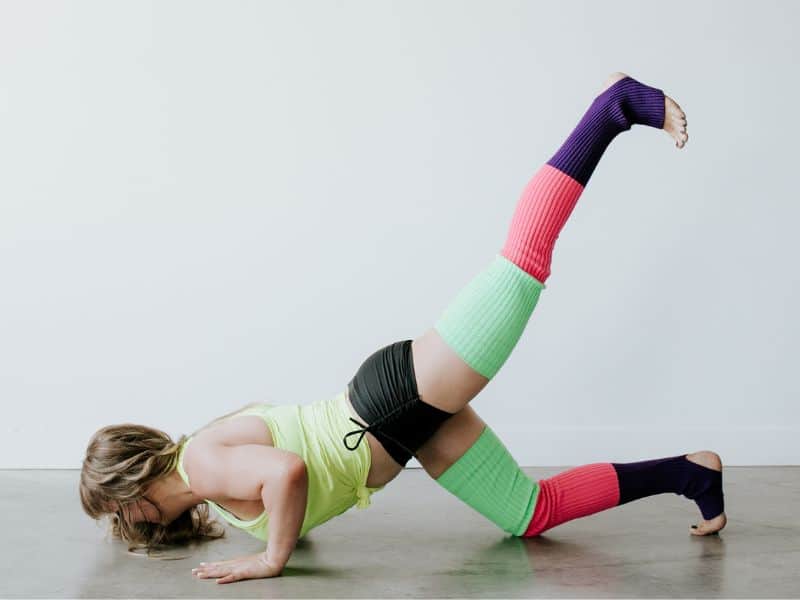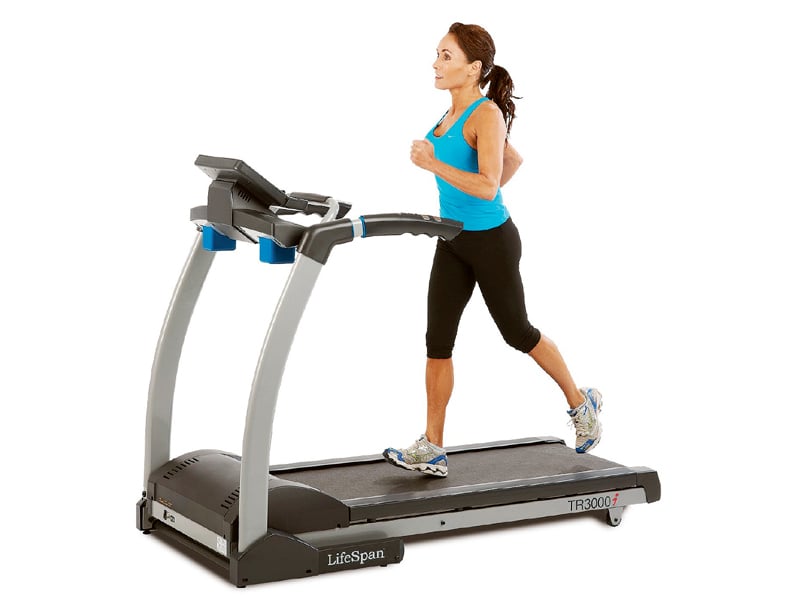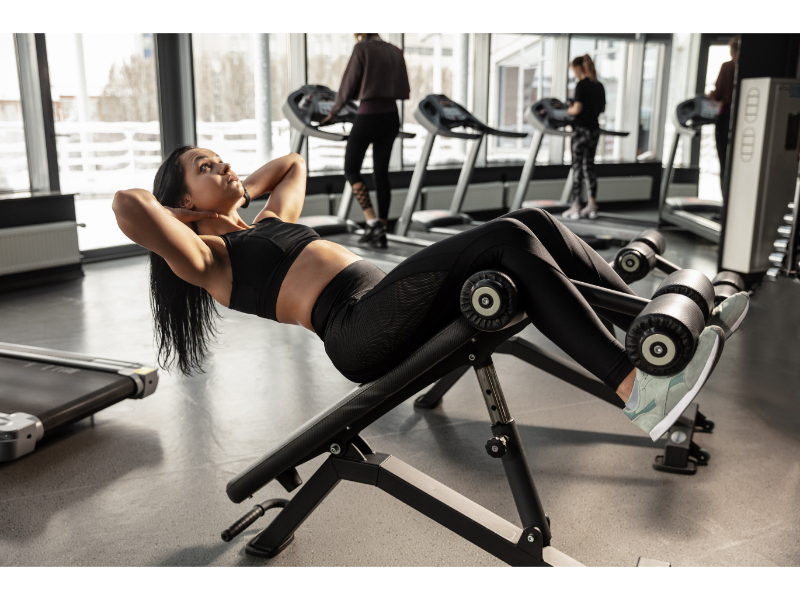Embark on a transformative fitness journey with our comprehensive workout plans for women. Boost endurance, strength, and confidence through tailored cardio, empowering strength training, and flexibility exercises. Embrace the power of rest, nutrition, and goal-setting as you take charge of your well-being. Start your empowerment today!
Creating an effective workout plan is essential for women looking to improve their fitness, strength, and overall well-being. A well-rounded fitness routine should include a combination of cardiovascular exercises, strength training, flexibility work, and adequate rest. Below, we’ve outlined a comprehensive workout plan for women that covers various aspects of fitness. Remember to consult with a healthcare professional before starting any new exercise program, especially if you have any underlying health conditions.

Cardiovascular Exercises:
Cardiovascular exercises are crucial for improving cardiovascular health, burning calories, and boosting endurance. Aim for at least 150 minutes of moderate-intensity aerobic activity or 75 minutes of vigorous-intensity aerobic activity each week.
- Brisk Walking: Start with 20-30 minutes of brisk walking at least 3-4 times a week. Gradually increase your pace and duration over time.
- Running or Jogging: Incorporate running or jogging sessions 2-3 times a week. Begin with short intervals and gradually increase your running time.
- Cycling: Cycling is a great low-impact cardio option. Aim for 2-3 cycling sessions per week, gradually increasing the duration and intensity.
Strength Training:
Strength training helps build lean muscle mass, boost metabolism, and improve bone health. Incorporate strength training exercises 2-3 times a week, focusing on different muscle groups.
- Bodyweight Exercises: Include exercises like squats, lunges, push-ups, and planks. Perform 2-3 sets of 12-15 reps for each exercise.
- Weight Lifting: Incorporate dumbbell or barbell exercises such as deadlifts, bench presses, and rows. Start with lighter weights and gradually increase as you become more comfortable.
- Resistance Bands: These are excellent for targeting specific muscle groups. Integrate resistance band exercises into your routine for variety.
Flexibility and Mobility:
Flexibility work enhances joint range of motion and reduces the risk of injuries. Dedicate time to stretching and mobility exercises on rest days or after workouts.
- Yoga: Join a yoga class or follow online tutorials for a mix of stretching, balance, and relaxation.
- Static Stretching: Stretch major muscle groups and hold each stretch for 15-30 seconds.
- Foam Rolling: Use a foam roller to release muscle tension and improve flexibility.
Rest and Recovery:
Rest days are vital for allowing your body to recover and prevent overtraining. Aim for at least 1-2 rest days per week.
Nutrition:
A balanced diet is essential to support your fitness goals. Consume a variety of nutrient-dense foods, including lean proteins, whole grains, fruits, vegetables, and healthy fats. Stay hydrated by drinking plenty of water throughout the day.
Tips for Success:
- Set Realistic Goals: Define achievable short-term and long-term fitness goals.
- Progressive Overload: Gradually increase the intensity of your workouts to challenge your body.
- Listen to Your Body: Pay attention to how your body responds to exercise and adjust your routine accordingly.
- Stay Consistent: Consistency is key to seeing results. Stick to your workout plan even on days when motivation is low.
- Get Adequate Sleep: Prioritize sleep as it’s essential for recovery and overall well-being.
- Enjoy the Process: Find activities you enjoy to make the fitness journey more enjoyable.
Remember that individual needs and preferences vary, so feel free to tailor this workout plan to your specific requirements. If you’re new to exercise, consider working with a certified personal trainer to ensure you’re using proper form and technique.

Frequently Asked Questions (FAQs) about Women’s Workout Plans
- Why is a workout plan important for women?
- A workout plan provides structure, guidance, and variety to your fitness routine. It helps you achieve your fitness goals efficiently and safely while targeting various aspects of your health.
- How often should I work out?
- Aim for at least 3-5 days of exercise per week. This should include a mix of cardiovascular exercises, strength training, and flexibility work.
- Can I lift weights without getting bulky?
- Yes, lifting weights can actually help you achieve a toned and lean appearance. Focus on using lighter weights with higher reps for muscle definition rather than heavy lifting for bulk.
- What are the benefits of cardiovascular exercises?
- Cardiovascular exercises improve heart health, help burn calories, increase endurance, and can elevate mood through the release of endorphins.
- Should I do cardio before or after strength training?
- It’s generally recommended to do strength training before cardio. This way, you’ll have more energy for lifting and reduce the risk of fatigue affecting your lifting form.
- How important is flexibility training?
- Flexibility training improves joint mobility, reduces the risk of injuries, and helps with overall movement and posture. It’s an integral part of a well-rounded workout routine.
- Can I do the same workout every day?
- It’s not ideal to do the exact same workout every day. Your body needs variety to continue progressing and avoid overuse injuries. Mix up your routine by targeting different muscle groups and incorporating different exercises.
- What role does nutrition play in my fitness journey?
- Nutrition is crucial. A balanced diet supports your energy levels, recovery, and overall health. Focus on eating lean proteins, whole grains, fruits, vegetables, and healthy fats.
- How long will it take to see results?
- Results vary depending on factors like your starting point, effort, and genetics. Generally, you might start noticing changes in a few weeks, but significant results might take a few months.
- I have a busy schedule. Can I still work out?
- Absolutely! Even short and intense workouts can be effective. Consider high-intensity interval training (HIIT) sessions that offer a quick but efficient way to burn calories and improve fitness.
- Do I need a gym membership for this workout plan?
- No, you can modify the plan to suit your environment. Many exercises can be done at home with minimal equipment like resistance bands and dumbbells.
- What if I’m new to exercise?
- If you’re new, start slowly and gradually increase intensity. Consider working with a fitness professional to ensure you’re using proper form and techniques to prevent injuries.
- Is it okay to work out during menstruation?
- Yes, gentle exercise can help alleviate some discomfort during menstruation. Listen to your body and choose lower-intensity activities like walking, yoga, or swimming if needed.
- How can I stay motivated?
- Set achievable goals, track your progress, and find a workout buddy or join fitness communities for support and accountability. Also, focus on the positive changes you’re experiencing.
- When should I consider seeking professional guidance?
- If you have any underlying health conditions or specific fitness goals, consulting a healthcare professional or certified personal trainer can provide personalized guidance and ensure your safety.
Remember that consistency and patience are key to achieving your fitness goals. Customize your workout plan to fit your needs and preferences, and don’t hesitate to make adjustments along the way.



